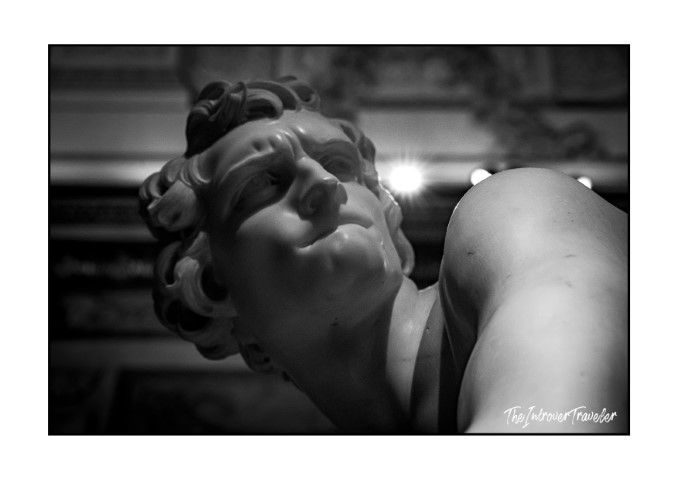Books on sculpture. "Sculpture: Processes and Principles" by Rudolf Wittkower: When Art Takes Shape from Matter
- The Introvert Traveler
- 26 lug
- Tempo di lettura: 2 min

Title: Sculpture: Processes and Principles
Author: Rudolf Wittkower
My rating: ★★★★★
“Sculpture as Told by Rudolf Wittkower”: Art as Idea and as Gesture
There are books on art history that describe artworks. And then there are books that explain how those works came to be. Sculpture as Told by Rudolf Wittkower belongs to the second category: a book that takes us off the pedestal of aesthetic criticism and into the sculptor’s workshop. Here, art is not narrated in airy or symbolic terms—it is a concrete story, made of chisels, hammers, marble blocks, bronze furnaces, and calloused hands.
From Antiquity to the 20th Century, with Technical Precision and Humanist Insight
The book originates from a cycle of twelve lectures delivered at Cambridge between 1968 and 1969, later revised and published in 1977. But its tone is far from the dry academic register of a scholar locked in an ivory tower. On the contrary, Wittkower emerges as an art historian with workshop dust still clinging to his coat—someone who can tell a bow drill from a lever drill, and who understands how the grain of marble affects subject matter.
The narrative follows a loose chronological path, but it is far from a mere list of artists and works. Instead, the author guides us through the technical processes of sculpture, revealing how each era shaped matter in accordance with its vision of the world. Form, here, is always the daughter of method.
A Physical Book—in the Noblest Sense of the Word
This is a physical book not just in its content, but in its very structure: dense pages, rich in references, where narrative is woven with descriptions of tools, materials, and techniques. It is a book to be read slowly and attentively, as one observes a sculpture up close, searching for traces of the burin or the fingerprint of the modeller in the clay.
The giants are all here—Michelangelo, Bernini, Donatello, Moore—but they are not celebrated as museum icons. They are analyzed as men who wrestled with matter. Aesthetics, Wittkower shows us, is born of the compromise between the idea and what matter permits.
Who Is This Book For?
For those who are not looking for yet another parade of masterpieces, but who want to understand how a masterpiece comes into being.
For those who have already read Vasari, Panofsky, Hauser, and are ready to move from theory to practice.
And also for those who have not yet read Vasari, Panofsky, or Hauser, and who want a thoughtful introduction to the world of sculpture—one that teaches the basics of how to critically observe a plastic work.
One of the books on scultpure
Wittkower does not simply recount the history of sculpture: he reconstructs it, questions it, deconstructs it. Reading him feels like listening to a craftsman of thought, chiseling words with expert hands to reveal the soul of an artwork. This is a solid, grounded, sometimes stern essay—but for those with the eyes (and hands) to understand, it is a revelatory read.
And it is the first book I would recommend to anyone who wants to begin exploring the world of sculpture.
